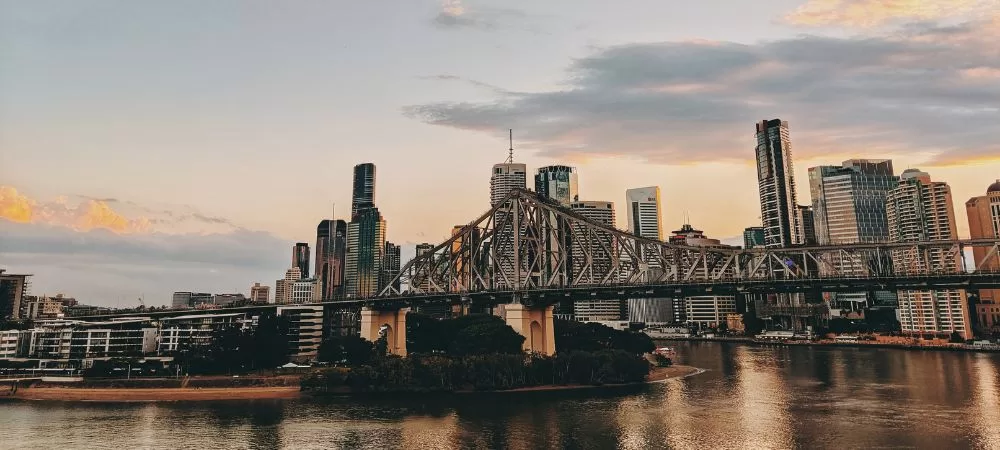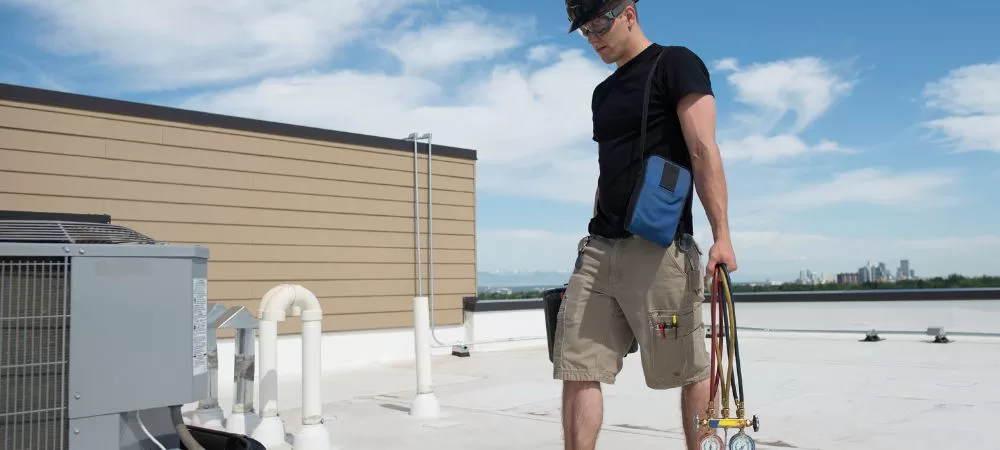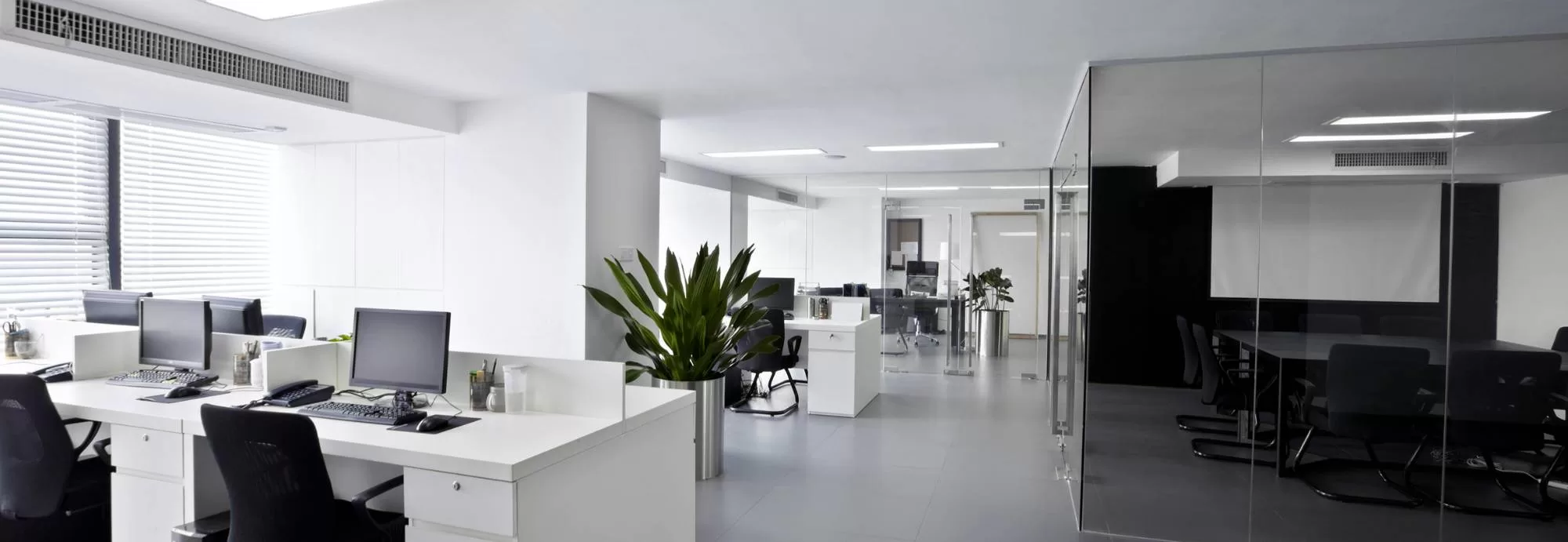Have you ever wondered about the energy breakdown in commercial HVAC systems and how they affect your power bills? This is important information for any building or facility manager as your commercial air conditioning system will typically be the greatest producer of energy in your building.
At Air-rite Solutions, we specialise in providing high quality Brisbane HVAC services for buildings of all shapes and sizes. Using statistics from a HVAC HESS factsheet, as well as our own industry knowledge, we are going to look at which components in the majority of commercial HVAC systems generate the most energy, and what you can do to ensure their output is kept at a minimum.

How Much Energy Does A HVAC System Generate
On average, a typical commercial air conditioning system for an Australian office building will be responsible for 39% of that building’s annual energy consumption. This places the HVAC system comfortably in first place, with lighting and equipment coming in second and third at 25% and 22% respectively.
It’s only natural that businesses in Brisbane and South East Queensland would use their HVAC system a lot throughout the year given our climate. However, this does have both an environmental and financial cost, leading to large energy bills.
Breaking Down the Energy Consumption of HVAC Systems
Now that we know industrial air conditioning systems are responsible for the greatest output of energy each year for the average commercial building, it’s important to detail which components are more efficient than others. Knowing this information can help you understand what parts of your system need regular maintenance so you can ensure they are performing at their peak efficiency.
This is a list of which HVAC components are responsible for energy consumption in a system. Please note that this is only a national average, and there can be significant variations from system to system.
- Fans – 34%
- Cooling – 27%
- Heating – 17%
- Pumps – 16%
- Cooling towers – 6%
As you can see, the fans and cooling systems are, on average, the greatest consumers of energy in most commercial HVAC systems. Therefore, if you are creating a HVAC maintenance plan, then these components should be at the top of your priority list for trained technicians to inspect regularly.

How to Improve HVAC Energy Efficiency
Perhaps the most important question to ask after hearing this information is: what can I do to improve the energy efficiency of my commercial HVAC system? The answer is that there are plenty of strategies you can put in place to bring down the operating costs of your system by ensuring it is running at peak efficiency.
Booking in regular maintenance inspections with trained HVAC technicians goes a long way towards identifying and fixing components of your system that aren’t operating properly. When parts of a HVAC system are damaged, clogged, or simply old, they begin “overworking”. This is almost always detrimental to the wellbeing of your system and causes it to consume more energy than is otherwise necessary.
You can also program your thermostat to better reflect the usage of your building. For example, you can program your system to reduce its load during slower hours – such as during lunch time – and completely shut off at night and weekends if there is no longer anybody there.
Contact Air-rite Solutions
Whether you need a HVAC system designed, installed, or maintained, Air-rite Solutions has you covered. Contact us today if you have any questions about our services, including the steps we can take to ensure your system is as energy efficient as possible.





